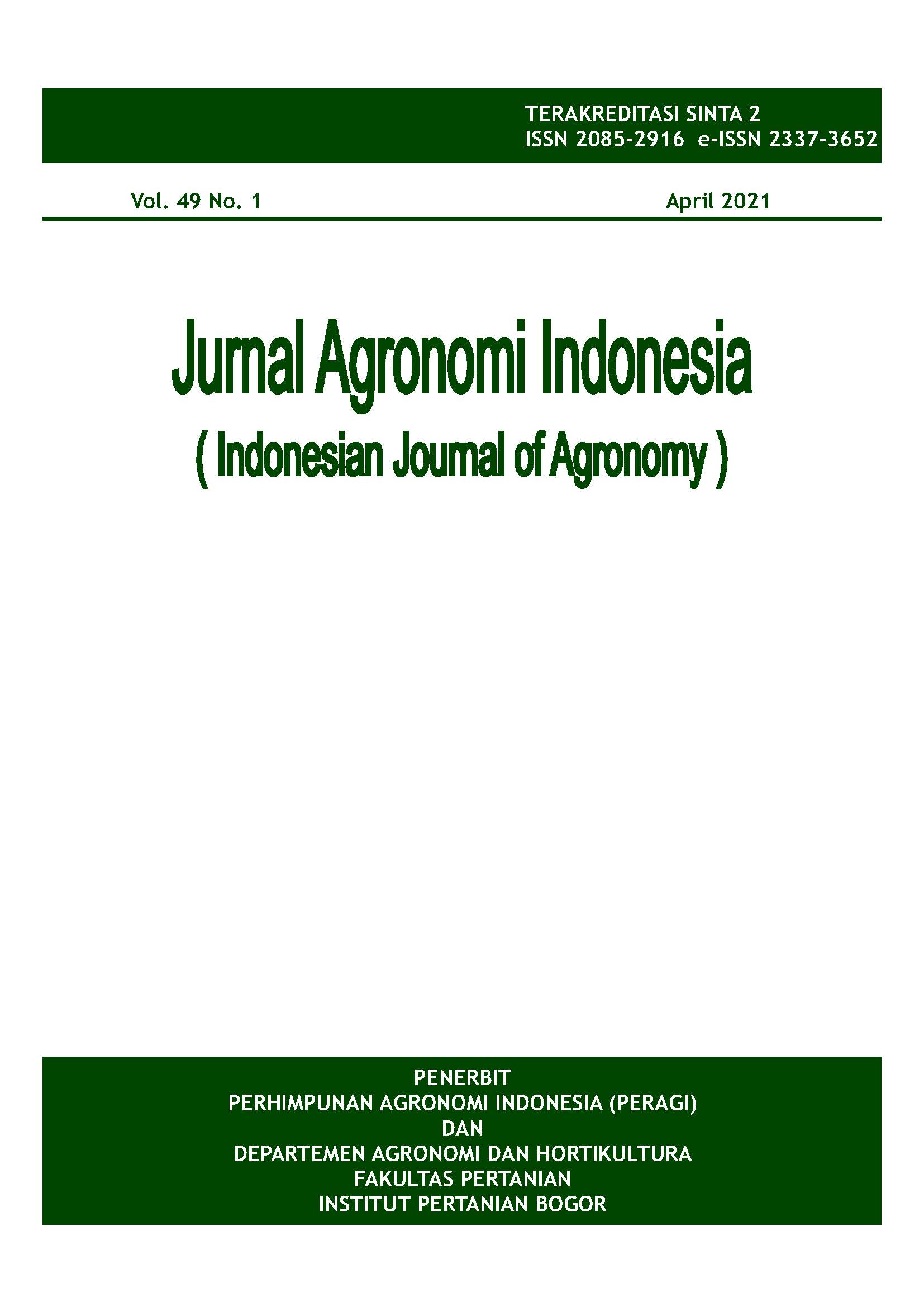Peran Trichoderma harzianum sebagai Penghasil Zat Pengatur Tumbuh terhadap Pertumbuhan dan Produktivitas Varietas Cabai (Capsicum annuum L.)
Abstract
Chili is Indonesia’s main commodity in the field of horticulture with high economic value and is very much needed by the community as a seasoning for cooking. Each chili variety has different adaptability to the environment so it is very important to adapt the growing environment for plant growth. The application of soil microorganisms is carried out as a supporting element for the growth and development of chili plants. This study aimed to determine the effect of variety introduction and application of T. harzianum pellet dosage on the growth and productivity of chilies. This research was conducted from February to July 2017 in Lamreung village, Krueng Barona Jaya District, Aceh Besar District using a randomized complete block design (RCBD) with 2 factors, namely varieties (V) consisting of Lado (V1), Kencana (V2), Bemeri (V3) and Kopay (V4), and the dosage of T. harziaunum pellets consisting of 0 g per plant (T0), 10 g per plant (T1), 15 g per plant (T2) and 20 g per plant (T4) which were replicated 3 times. Treatment of varieties and pellet doses of T. harzianum did not affect plant productivity, but the variety factor had a significant effect on the average plant height and canopy width, with Lado variety showing the best results. The treatment dose of T. harzianum had a highly significant effect on the average root length, with the best results obtained from the application of T. harzianum 20 g per plant.
Keywords: growth stimulants, pellet dose, plant cultivation, soil microorganism, superior seeds













